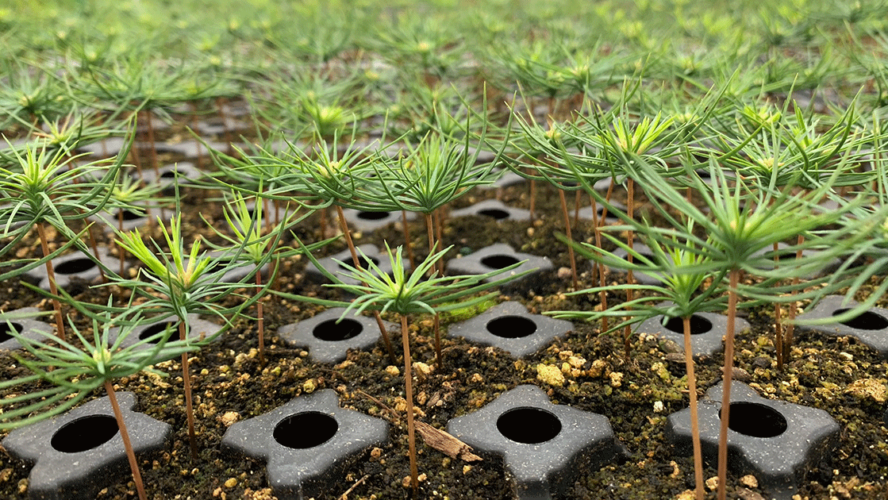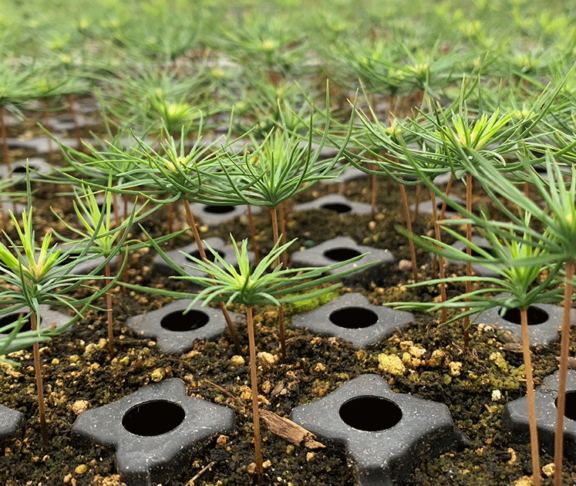
Jess Kaknevicius
CEO, Forests Ontario and Forest Recovery Canada
Creating and restoring healthy forests requires the right seed, from the right source, planted in the right place.
The United Nations International Day of Forests (March 21) was created to celebrate and raise awareness of the importance of forests. At Forests Ontario, we’ve worked hard to build strong relationships with a comprehensive network of experienced partners who understand the transformative power of healthy forests. This includes everything from partners who are growing and planting new trees, to those who manage and maintain the health of our forests, to those who educate and train the next generation of forest stewards.
The need for seed
After working with our partners over the years to plant approximately 43 million trees and being named an official Restoration Implementer of the United Nations Decade on Ecosystem Restoration, we’re proud to be a trusted authority for those seeking to invest in the growth, resiliency, and future of our forests. During all that time planting trees, we’ve learned a simple truth: it all starts with high-quality, source-identified tree seeds. If we don’t have seed, we can’t grow trees — and we need a lot of seed to be able to continue to plant the millions of trees we do with our partners each year.
We need to invest in seed so we can restore our existing forests and grow healthy, resilient, new forests for generations to come.
Currently, Forests Ontario has over 204 million viable seeds in storage to ensure we will always have a reliable source to produce the trees for our large-scale planting projects. The trees and shrubs grown from those seeds are resilient, native varieties that will support biological diversity and increase habitat for wildlife, help combat the impacts of climate change, and improve the health and longevity of our forests. By paying close attention to seed every step of the way from collection to growth to planting, we can evaluate seed quality and monitor how they perform in the nursery and on the landscape, informing critical decisions on sourcing high-quality seed that will produce healthy, resilient forests in our urban and rural communities.
Especially now, after we saw wildfires rage throughout Canada and around the world last year, we need to invest in seed so we can restore our existing forests and grow healthy, resilient, new forests for generations to come. As we celebrate International Day of Forests this month, don’t forget that the forests we’re celebrating all started with a seed.
Visit forestsontario.ca to see how you can help.



